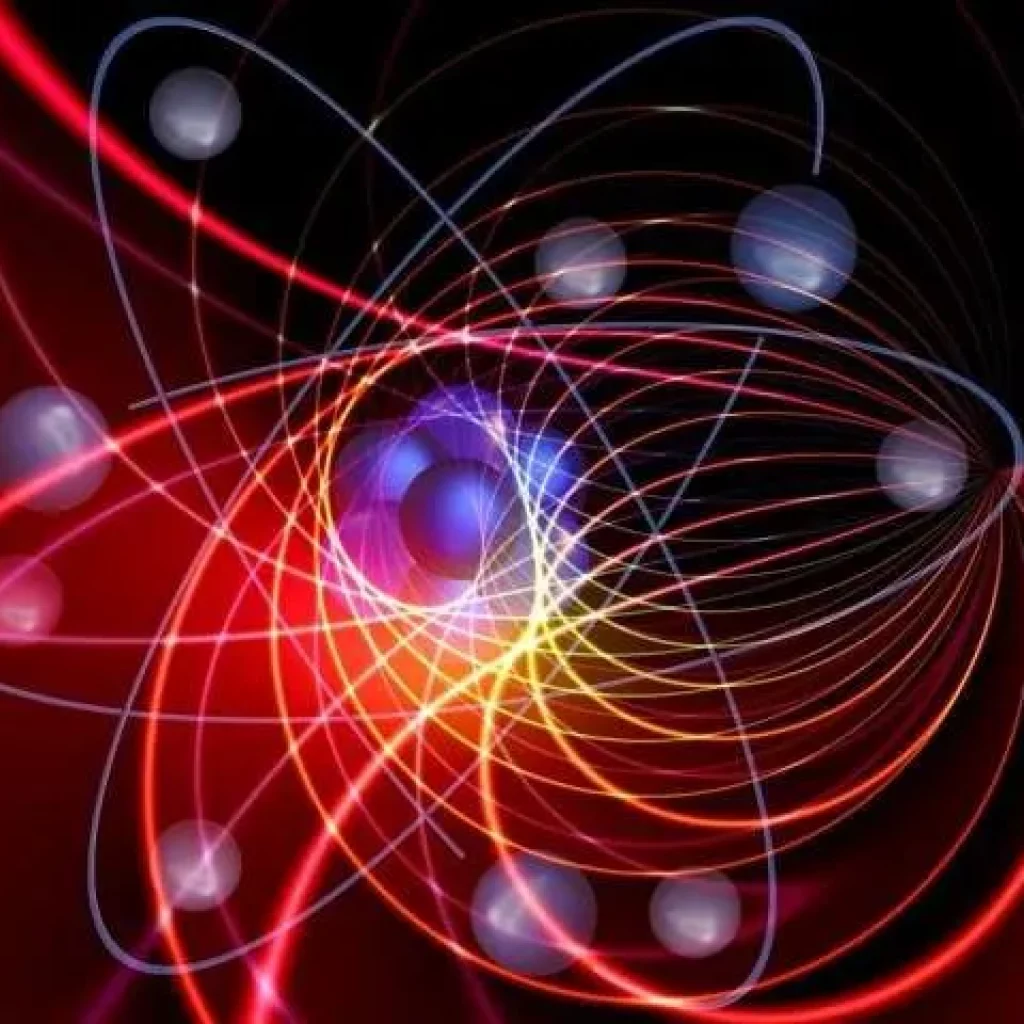(Phys.org) A theoretical breakthrough in understanding quantum chaos could open new paths into researching quantum information and quantum computing, many-body physics, black holes, and the still-elusive quantum to classical transition.
“By applying balanced energy gain and loss to an open quantum system, we found a way to overcome a previously held limitation that assumed interactions with the surrounding environment would decrease quantum chaos,” said Avadh Saxena, a theoretical physicist at Los Alamos National Laboratory and member of the team that published the paper on quantum chaos in Physical Review Letters. “This discovery points to new directions in studying quantum simulations and quantum information theory.”
It has been believed that as a quantum system loses coherence, or its “quantumness,” by coupling to the environment outside the system—the so-called quantum to classical transition—the signatures of quantum chaos are suppressed. That means they can’t be exploited as quantum information or as a state that can be manipulated.
It turns out that’s not entirely true. Saxena, University of Luxembourg physicists Aurelia Chenu and Adolfo del Campo, and collaborators found that the dynamical signatures of quantum chaos are actually enhanced, not suppressed, in some instances.
“Our work challenges the expectation that decoherence generally suppresses quantum chaos,” Saxena said.
The energy values in the spectra of the quantum system were previously thought to be complex numbers—that is, numbers with an imaginary number component—and thus not useful in an experimental setting. But by adding energy gain and loss at symmetrical points in the system, the research team found real values for the energy spectra, provided that the strength of gain or loss is below a critical value.
Decoherence limits quantum computing, so it follows that because increasing quantum chaos reduces decoherence, you can keep computing longer,” Saxena said.
The team’s paper builds on previous theoretical work by Carl Bender (of Washington University at St. Louis and former Ulam scholar at Los Alamos) and Stefan Boettcher (formerly of Los Alamos and now at Emory University). They found that, contrary to the accepted paradigm from the early twentieth century, some quantum systems yielded real energies under certain symmetries.
The research paper studied the example of pumping energy into a wave guide at a particular point—that’s the gain—and then pumping energy out again—the loss—symmetrically. The wave guide is an open system, able to exchange energy with the environment. Instead of causing decoherence, they found, the process and interactions increase coherence and quantum chaos.
Sandra K. Helsel, Ph.D. has been researching and reporting on frontier technologies since 1990. She has her Ph.D. from the University of Arizona.
